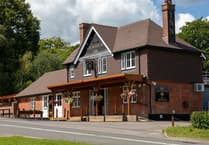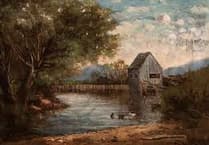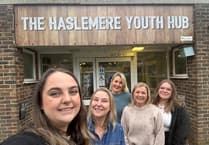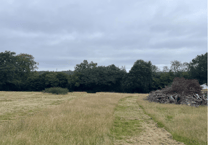For the first lecture of 2025, marking the 40th anniversary of The Arts Society in Grayshott, Paul Rabbitts delivered a fascinating and comprehensive presentation on the history of the eight London Royal Parks. These parks—Bushy, Green, Greenwich, Hyde, Marylebone (which later became Regent’s), St James’, and Richmond—each boast a rich history intertwined with the monarchs who shaped them.
Rabbitts began with Greenwich Park, the earliest to be enclosed in 1433 by Henry VIII, who was born in the nearby Palace of Placentia. The king’s love of hunting led him to enclose other parks, including St James' in 1532, Hyde Park in 1536, and Bushy Park. Initially, access to these parks was restricted to royalty, but this changed under Oliver Cromwell and the Restoration, when Hyde Park became known as the "People’s Park"—a fashionable place to see and be seen.
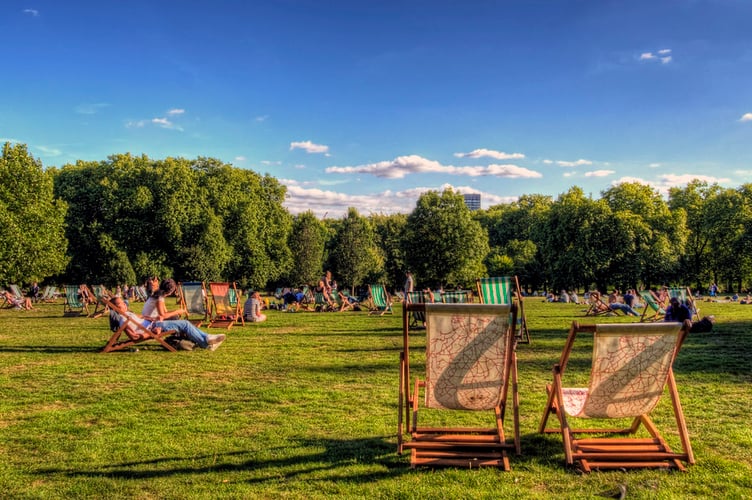
Richmond Park’s 2,500 acres were enclosed by Charles I in 1637. The king built a 10-mile wall around it to protect his deer, which sparked controversy over restricted access. Green Park was created and enclosed by Charles II in 1660 so he could walk from Hyde Park to St James’ Park without leaving royal soil—a royal green carpet indeed.
Regent’s Park, commissioned by George IV and designed by John Nash and Decimus Burton, opened in 1825 for specially favoured individuals.
Rabbitts’ talk entertainingly described how all these parks changed over the centuries, with the building of canals, houses, and designed gardens. Some were decorated with “park-itecture,” while others saw monarchs introduce exotic animals like crocodiles and pelicans. Some parks became notorious, while others were considered fashionable. The Royal Parks have always been popular, and today they remain the most-visited London tourist attraction, drawing 7.7 million visitors every year.
For more information visit www.theartssocietygrayshott.org
Liz Beecheno

